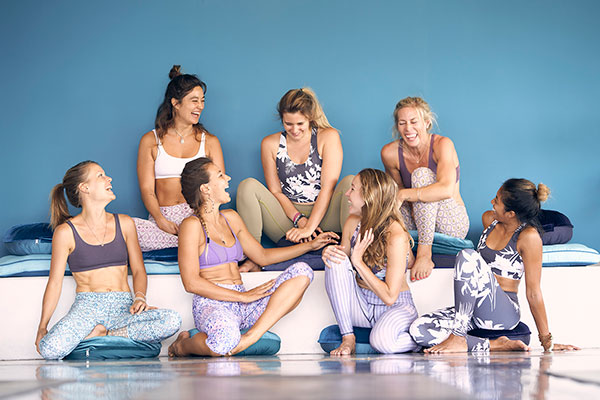

Current Status Not Enrolled Price $699 Get Started This singlecourse is currently closed Welcome to Yin Yoga Teacher Training with Odyssey MVMT. We are so glad you’re here! Let’s get started.
50HR YIN YOGA TEACHER TRAINING
REady to roll?
Welcome to Yin Yoga Teacher Training with Odyssey MVMT.
Reply...
+ show Comments
- Hide Comments
add a comment
Go Pro with Odyssey.
Change the way the world moves.
Home
Wellness
About
courses
blog
odyssey movement
Follow along
on Instagram:
SEND us A NOTE >
GET ON THE LIST >
@odysseymovement >
©odysseymvmt 2023 | Design by odyssey | Photos by Olivia N & tony c
→
podcast
Virtual classes
